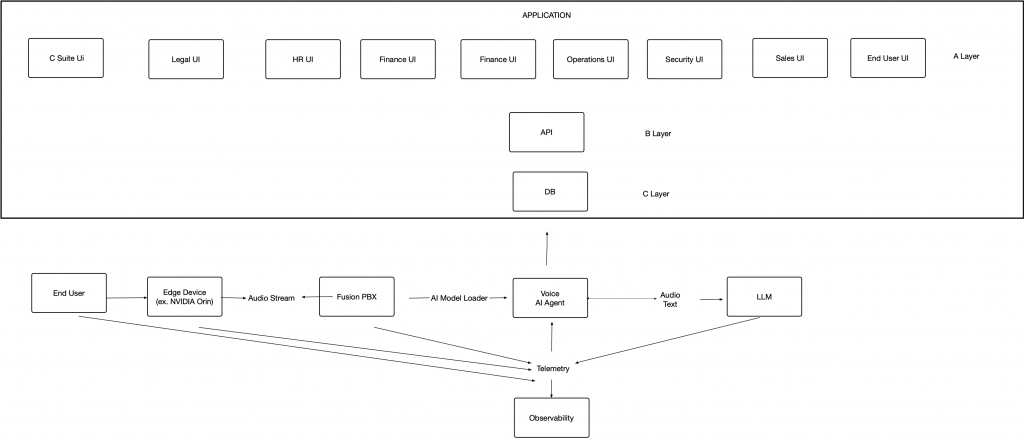This past week I pivoted hard into something new — something I believe can truly transform human-computer interaction via voice.
Voicerag.ai is middleware that connects modern phone systems to powerful agentic AI. Think: a customer calls your business and speaks to an AI that understands their intent, books appointments, answers questions, or logs tasks — not through menu trees or rigid prompts, but through conversation.
The Problem with Legacy IVRs
We’ve all experienced it:
- Endless call menus.
- Misunderstood inputs.
- “I didn’t catch that. Please repeat.”
- And finally, mashing 0 just to talk to someone.
Traditional IVRs are just nested if/then statements.
They’re fragile, robotic, and inflexible.
They can’t handle nuance.
They don’t reason.
They don’t adapt.
A New Paradigm: Context + Reasoning
Voicerag.ai replaces decision trees with agentic AI — LLMs capable of:
- Understanding natural language.
- Inferring intent.
- Retaining context across multiple turns.
- Acting autonomously — scheduling appointments, answering questions, or summarizing results.
This isn’t just automation. It’s intelligence.
How It Works
- A call comes in via SIP or PBX
- Voicerag routes audio through Speech-to-Text
- The text is passed to an AI reasoning engine
- The AI interprets and acts (calendar booking, database entry, webhook, etc.)
- A TTS engine generates a natural voice response
- A summary or call transcript can be logged or handed off
Built for modern edge platforms like Proxmox and containerized for GPU-accelerated inference.
Real Use Cases
Industries ready to benefit from this:
- Medical: Intake and appointment scheduling
- Legal: Case screening, document capture
- Field Services: Dispatching, status updates
- Education: Class registration, FAQ resolution
- Real Estate: Property interest capture, follow-ups
Wherever voice meets nuance, Voicerag.ai is applicable.
This Week’s Progress
[Optional image: Figma wireframe screenshots, or your Jira/Agile board blurred for privacy]
The groundwork is being laid:
- ✅ Design doc completed
- ✅ Wireframes assembled in Figma
- ✅ Agile boards created, sprints mapped
- ✅ A–B roadmap in place
- ✅ Preparing a formal demo for internal review (FPS)
Next: moving into MVP development, PoC demos, and early benchmarking.
Final Thoughts
This isn’t about replacing humans.
It’s about removing frustration — making machines better listeners, and giving customers an experience that actually works.
Voicerag.ai is where voice meets real understanding.
I’ll be posting updates on architecture, lessons learned, and backend integrations as this evolves.
—
Raymond Evelyn
Founder, Voicerag.ai




Leave a Reply